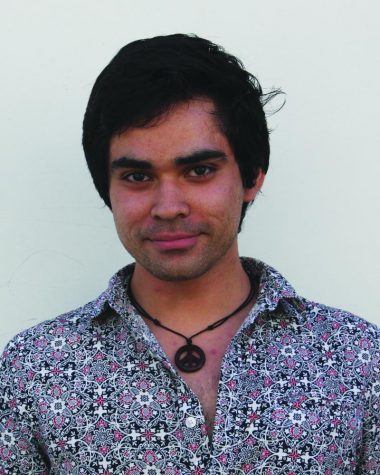“It’s not all about the hierarchy that you have to break into. Think about how you can define your identity and how you want to be present in the public, there are ways you can do it without having to wait 30 years to be noticed by the power system.”
That was the message of the FAR Bazaar panel discussion, Art Collectives In Los Angeles: Then & Now, as summarized by co-founder of Foundation for Art Resources Dorite Cypis.
Cypis continued to advise the audience that sat in on the discussion by suggesting that artists today need to consider aesthetics and cultural relevance as elements of art; saying that how those ideas relate to each other is going to be pivotal next decade as artists sustain themselves. “There is not a lot to sustain artists right now,” Cypis commented.
Mike Kelley, from the KChung radio station, said, he believes part of sustaining a space is the force of a personality. After watching artist-run spaces for thirty years, sometimes “there are people that just don’t want to let go” of the space. Referring to FAR as being a resource founded with such a strong structure that it was malleable enough to last forty years.”
During the panel discussion, Kelley said, “Anyone can have a show at KChung radio station. We have a collective of shows, which makes it easy to manage ideas and house them under one system that allows people to have a space [for exposure].”
Reflecting Cypis’s point on avoided hierarchy, Kelley stated, “I’m technically the event coordinator at KChung, I should preface that by saying that all titles are [self-awarded].”
Talking about what the L.A. art scene has become, Cypis said she works on the streets and doesn’t call it art. She labels her work “what I do as an artist,” dropping the word “art” and seldom using the word “space.”
Her process includes forming a question and embedding herself in a community for an extended period of time to connect with people to find a “crevice or a thread where there is a mutual relationship that grows,” and works from there.
Cypis said that learning to live in the world and communicate with others who are not artists was hardest thing she had to do leaving art school, though it has been a pivotal part of her work.
She explained: “For the past two years I have been facilitating dialogues with the police and communities all over Los Angeles; and for the past three years, I’ve developed a group called the North-East Youth Council. It reaches out to youth in troubled neighborhoods where they are always engaged with the police.”
In reference to her process, her question is “will the police change any time soon? How do I indirectly affect them?” Cypis said that it occurred to her that she should have the police work with youth “under their noses” to teach youth who are interested in bettering their own communities with creative ideas and management and organization skills.
“I asked the North-East police department if they would like to partner with us and they said ‘yes‘ because after a year the youth had successfully done three major projects to better the community.” Cypis explained during the panel and added afterwards,
“(I left FAR) for a teaching job at the Minneapolis College of Art and Design. I taught many different studio courses […] a lot of my classes were about culture […] and then stayed there and started a program called Culture Club Collaborative, artists working with homeless teenagers that is still running, it’s 23 years old.”
After the panel discussion, Kelley expressed his personal reasons for being at FAR Bazaar, saying: “After hearing about the history of FAR Bazaar, I’m excited to see how it’s evolved over the last forty-some years. From my point of view, if there is anyone interested in doing that themselves, I’m here to give them a lesson on how to start up an artist-run space.”









